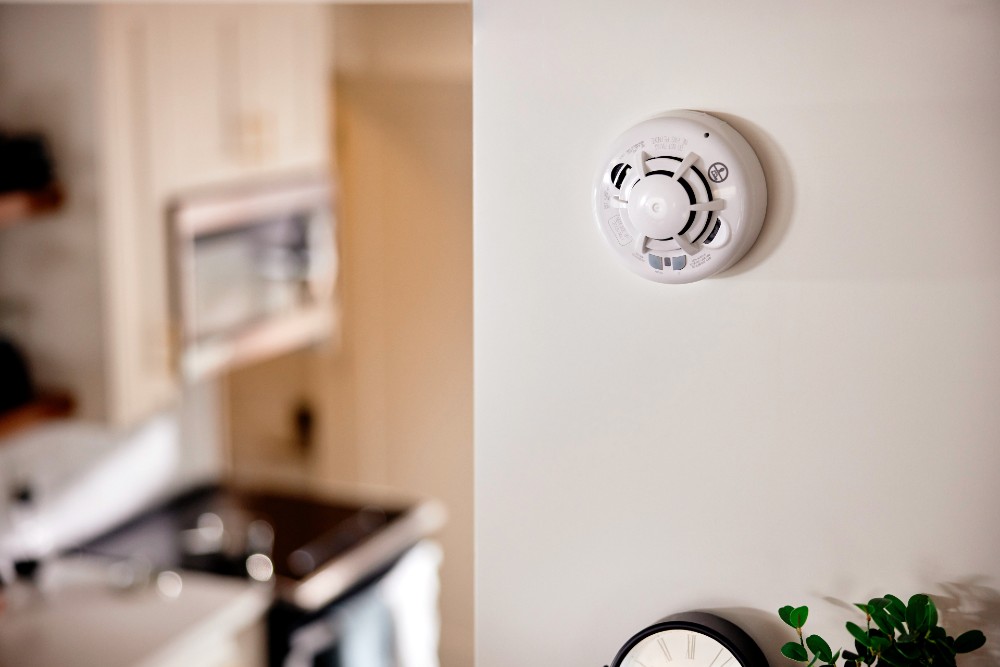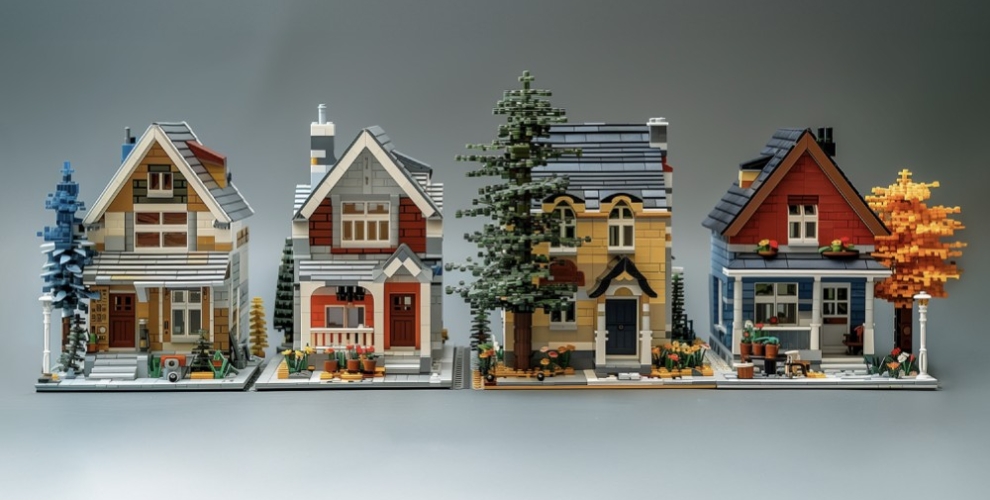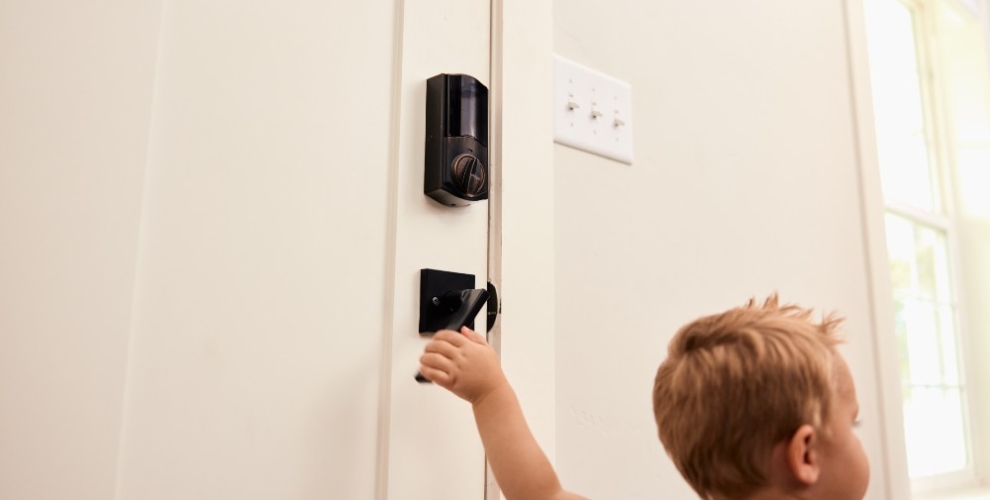House fires remain a major concern for homeowners. In fact, 26% of all fires reported between 2016 and 2020 happened in home buildings. Understanding statistics like this and how home fire injuries and home fire deaths can be prevented is the first step towards a nation of safer homes.
In this guide, we’ll look at more of the data for this year and share ways to stay vigilant and be prepared in the event of a home fire, starting with the top sources of residential fires. We’ll also cover instances of property damage, injuries, and fatalities before offering the best safety tips for protecting your home and family.

Leading home fire causes
Being informed about what causes most home fires is the first step in prevention. These are some of the most common culprits:
Christmas trees
The National Fire Protection Association(NFPA) reports that Christmas tree fires cause an average of 160 U.S. home fires, two civilian deaths, and 11 injuries annually.
Often, these fires happen because dry trees come into contact with flammable materials or heat sources, like lights and heaters. Ensure your tree stays hydrated, keep it away from heat sources, and always turn off the lights when you're not around.
Cooking
Cooking is the number one cause of residential building fires in the U.S.
Just imagine the difference safe home cooking could make!
Oven ranges or cooktops cause 53% of reported home cooking fires, and homes with electric ranges are at a greater risk of kitchen fires than those with gas ranges.
Always be careful in the kitchen, but especially if you have an electric stove. Stay in the kitchen when you're frying, grilling, or broiling food, and avoid loose-fitting clothing because it can easily catch fire.
Electrical fires
Electrical fires< are the source of over 50,000 fires each year.
Overloaded circuits, outdated wiring, and malfunctioning appliances are often to blame for electrical fires. To keep your home safe, have a professional inspect your home's electrical system, especially if it's an older property. And always be cautious with extension cords—they're handy, but can be a fire hazard if misused.
Wildfires
Wildfires burned over 1,200 homes in 2022.
Most of these fires were in California, where they have been especially prevalent in recent years. Factors like changing climate conditions, dry vegetation, and strong winds have made California particularly vulnerable. If you live in an area that’s prone to wildfires, have a fire escape plan, maintain defensible space around your property, and stay updated with local fire department advisories.




